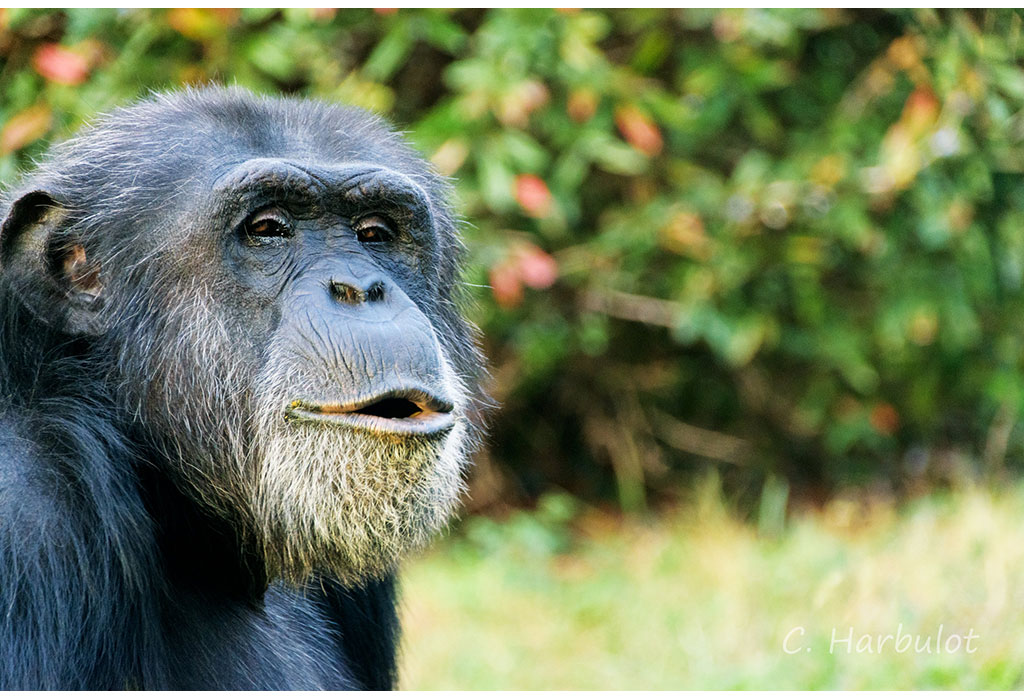
Chimpanzee Trekking in Uganda
February 19, 2024
Best Places to See Gorillas
June 20, 2024The hornbill is a fascinating bird known for its omnivorous diet, comprising fruits, insects, and small animals. However, due to the short length of their tongues, they employ a unique feeding technique, tossing food caught at the tip of their beaks back to their throats with a swift jerk of the head. While both forest and open country species exhibit omnivorous behavior, those specializing in fruit consumption are typically found in forested habitats, whereas more carnivorous species tend to inhabit open areas. Forest-dwelling hornbills, in particular, play a crucial role as seed dispersers, with some species, like the Malabar pied-hornbill, showing a marked preference for the fruits of certain trees, such as the strychnine tree, despite its poisonous nature.
Territoriality among hornbills is often linked to their dietary habits, with fruit-eating species being less territorial due to the patchy distribution of fruit sources that necessitates extensive travel. In terms of breeding behavior, hornbills generally form monogamous pairs, although cooperative breeding is observed in some species. The female typically lays up to six eggs in existing holes or crevices, either in trees or rocks, with nesting sites often reused in consecutive breeding seasons. Before incubation begins, the female, sometimes assisted by the male, seals the entrance to the nest cavity with a mixture of mud, droppings, and fruit pulp. This behavior serves to protect the nesting site from potential rivals. Incubation typically lasts until the eggs hatch, after which both parents feed the chicks until they are large enough to break out of the nest. In some species, the mother may rebuild the nest’s wall, while in others, the chicks undertake this task independently.
Hornbills also exhibit interesting associations with other species in their habitats. For instance, certain African hornbill species engage in mutualistic relationships with dwarf mongooses, foraging together and alerting each other to the presence of predators. Additionally, hornbills may adopt commensal relationships, following monkeys or other animals to feed on insects flushed out by their movements.
Overall, hornbills’ diverse dietary habits, intricate nesting behaviors, and associations with other species underscore their ecological significance within their respective habitats.




